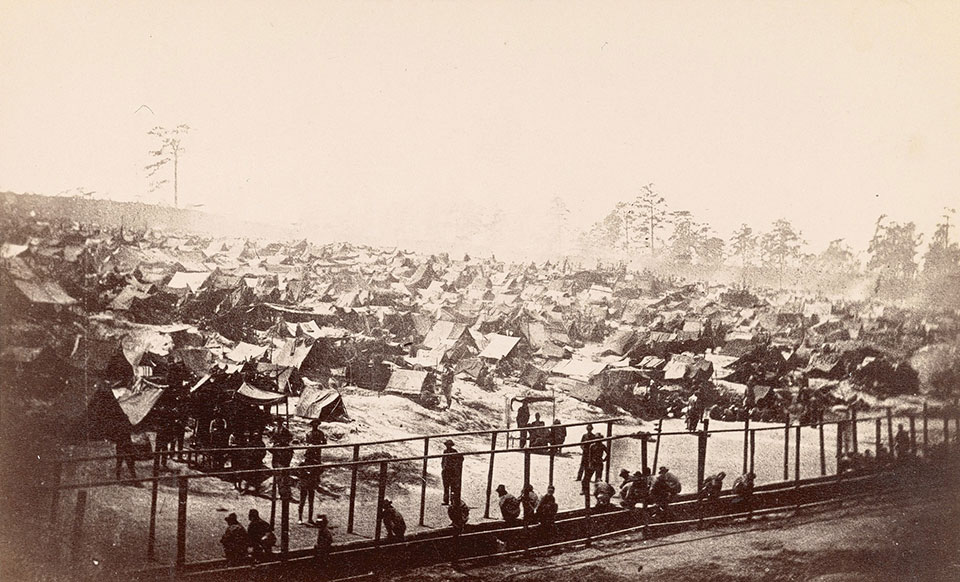Several years ago on a clear winter day, I visited the Andersonville Confederate prison, and as I walked freely over the haunted ground that once confined over thirty-thousand men, I was overcome by a vision of our state as human beings. Andersonville was a pit of disease, starvation, and hopelessness. Only the stench was free from the walls, and it traveled as far as Americus, over fifteen miles away. From a hill overlooking the congested prison grounds, the movement of the population took on the appearance of a single groaning organism.

In addition to the great lengths taken to hold men within, the design of Andersonville included a stream that ran through its heart. The inflowing water was to be used for drinking and the outflow for waste, but during the harsh months of summer, the stream became little more than a diseased bog.
Standing at the edge of the riverbed, now not much more than a grassy and easily overlooked ditch, I thought of how much we all have in common with the prisoners that once called this place home. Desperate for healing and wholeness – confined with fear and burdened with ache. Longing to be free.
Yet not without hope.
I stepped down into time, and as I began to walk along the waterworn path, I sensed a day when this dried stream bed would come back to life. At first there will only be a trickle, but little by little the water will begin to rise. And then a rushing sound will grow against the outer wall until the waters can no longer be held back. Surrendering to the holy surge, all barriers will finally be undone, and the river of life that flows from the throne of God will move with an unstoppable peace and freedom.
Seeing that the water is both deep and pure, I will jump in along with the other starved and desperate prisoners. We will help one another into the water, and the tears will be transformed while we swim. That which was broken will be restored to wholeness. We will drink deeply.
* Revelation 22 : 1-2